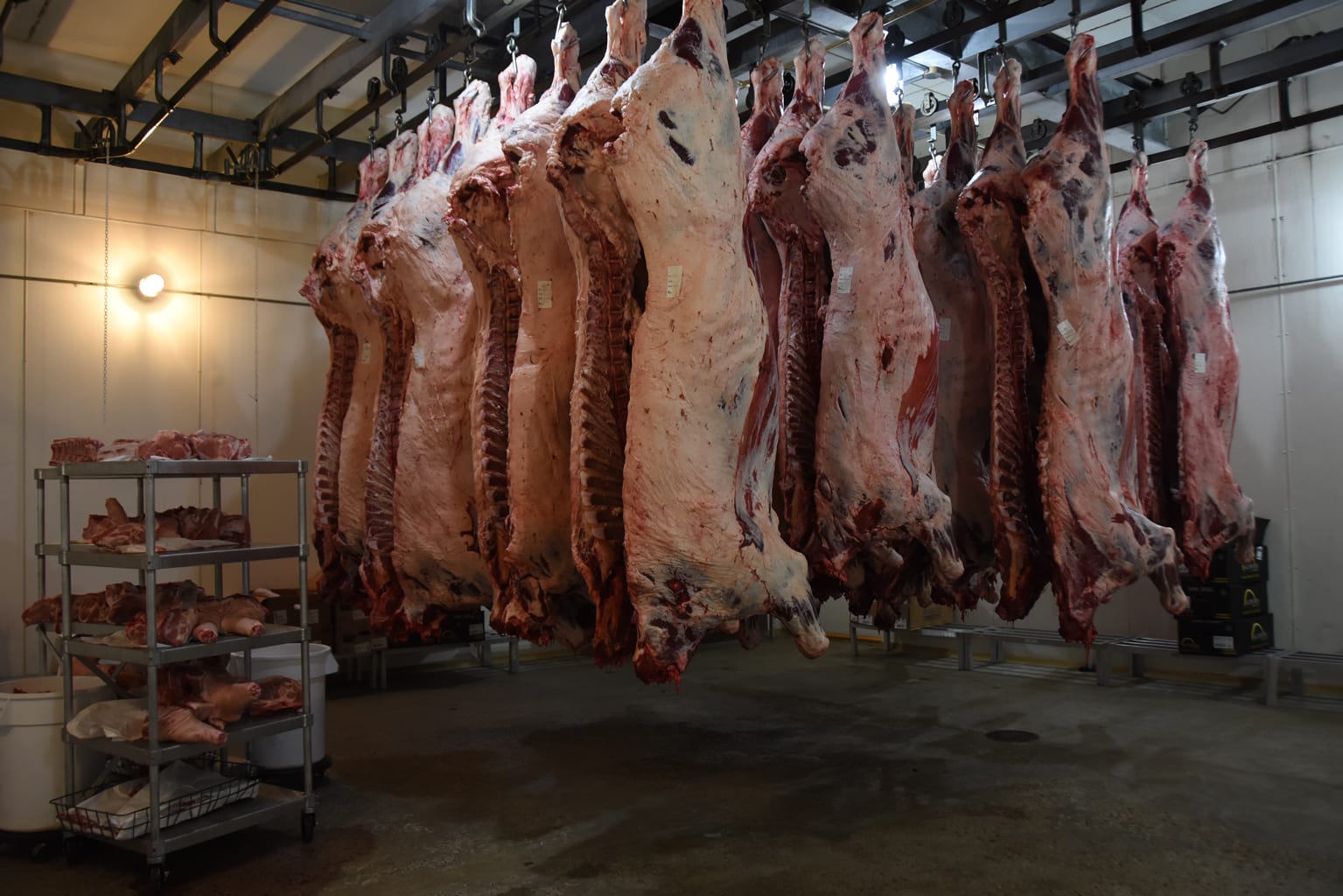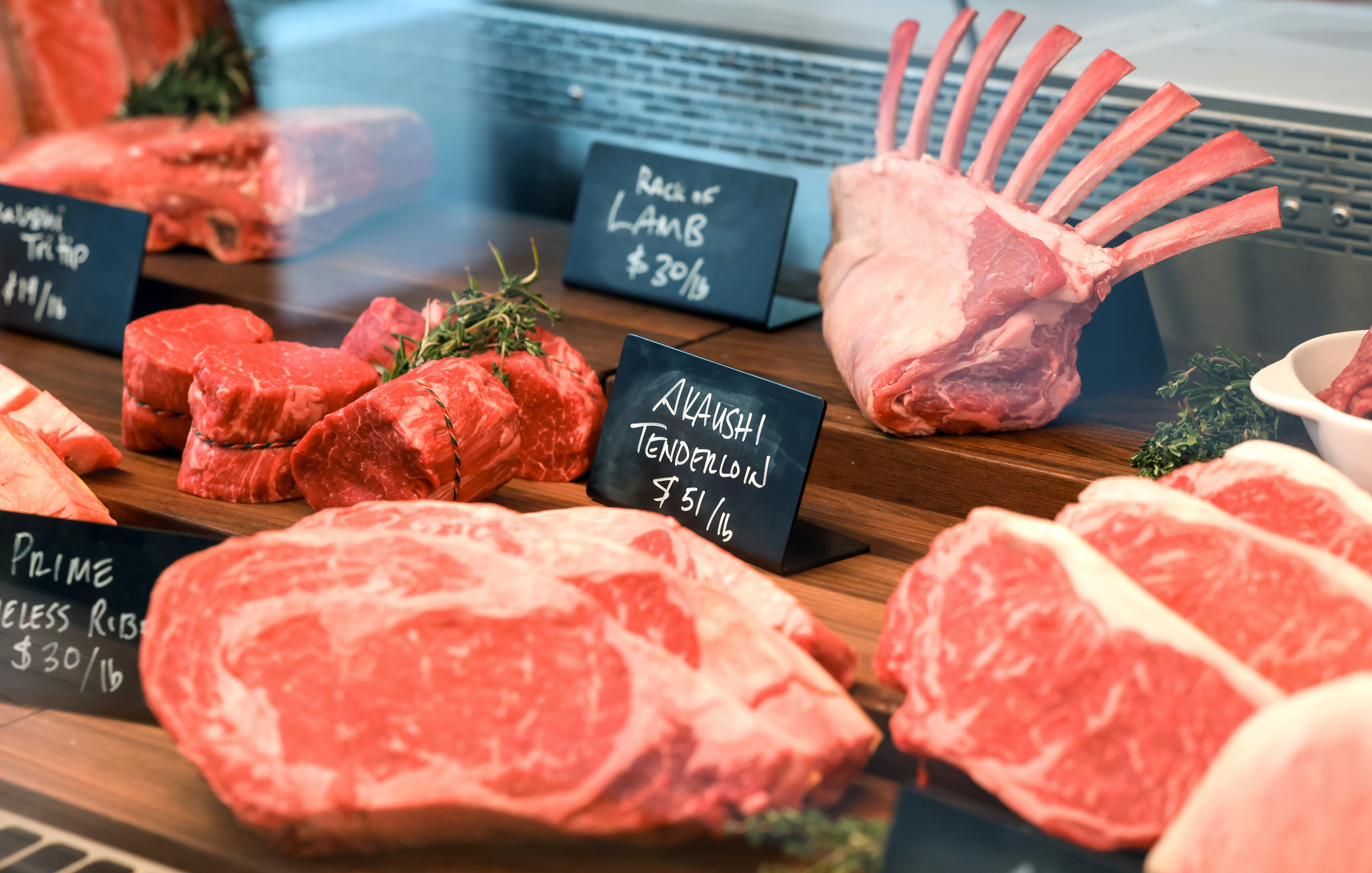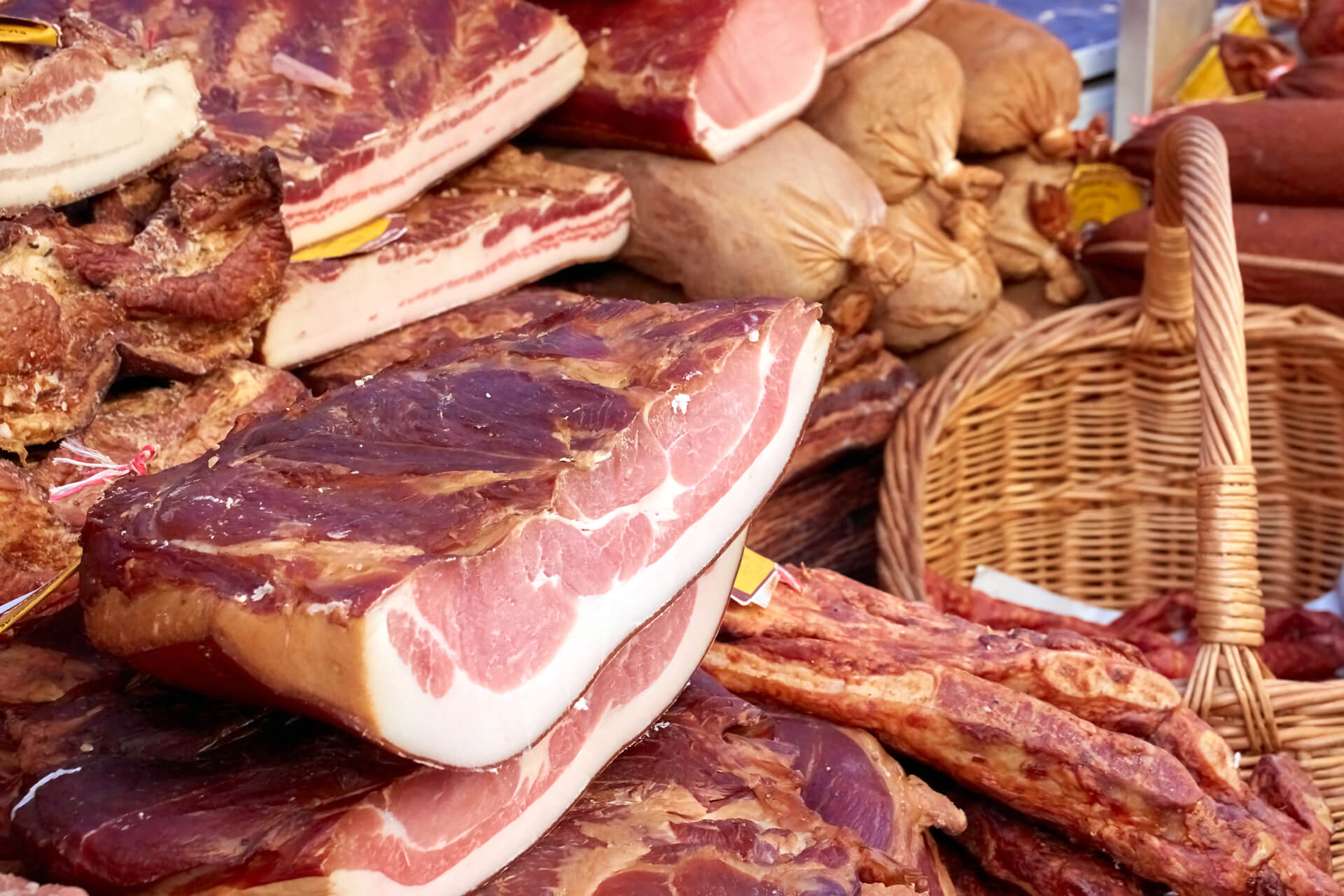Uncover the Art of the Butcher's Cut in a Modern Meat Market
In the ever-evolving landscape of modern-day meat markets, the butcher's cut has transcended its traditional origins, merging olden craftsmanship with modern methods. What absolutely sets the modern-day butcher apart is their ability to build a deeper connection between consumers and the origins of their meat.
Development of Butchery Strategies

The mid-20th century saw butchery methods further improved by scientific understandings right into muscle mass biology and meat aging, boosting both inflammation and taste. Technologies like vacuum packaging and refrigeration extended item shelf-life, enabling butchers to diversify offerings and boost quality assurance. This period also noted the rise of specific equipment, such as band saws and meat slicers, which raised precision and efficiency in meat handling.
The 21st century has presented electronic innovation into the butchery world. Electronic systems now assist in monitoring animal provenance and maximizing cuts to satisfy particular consumer preferences. Additionally, a rebirth in artisanal butchery has actually emerged, blending standard skills with modern-day knowledge to accommodate consumers looking for ethical and lasting meat options. This evolution underscores a dynamic interplay in between practice and technology, meeting modern needs while maintaining the craft's heritage.

Understanding Meat Cuts

Recognizing the details of meat cuts is crucial for both butchers and consumers seeking top quality and worth. Each cut comes from a various part of the animal, passing on unique tastes, structures, and cooking methods. Proficiency of these differences not only enhances cooking experiences however additionally takes full advantage of the utility of each carcass. For butchers, precise cuts mirror skill and respect for the craft, guaranteeing very little waste and ideal return.
The primary classifications of meat cuts include primal, sub-primal, and retail cuts. Butchers after that damage these down even more right into sub-primal cuts, prior to finally creating retail cuts readily available to consumers, like ribeye or tenderloin.
Recognizing muscle structure is crucial; muscle mass utilized extra frequently by the animal often tend to be harder and are best suited for sluggish food preparation approaches, while less-used muscles, like those discovered in the loin, are a lot more tender and ideal for cooking or roasting. Familiarity with these differences encourages consumers to make educated selections, enhancing their cooking ventures.
Picking Quality Meat
Picking the ideal meat involves more than simply choosing an aesthetically attractive item from the display. The art of choosing high quality meat requires a discerning eye and expertise of details attributes that indicate quality and quality. Pay attention to the shade; beef must have a brilliant, cherry-red shade, while lamb should show a soft pink tone, and pork a light pink. This suggests the meat is fresh and hasn't been exposed to oxygen for also lengthy.
Second of all, think about the marbling, which refers to the white streaks of fat within the muscular tissue. Proper marbling is a key indication sites of inflammation and flavor, as it melts during food preparation, boosting the meat's juiciness. Keep in mind, higher marbling typically correlates with exceptional high quality cuts, such as USDA Prime.
Structure is another essential aspect; meat needs to really feel strong to the touch, not slimy or overly soft. In addition, bear in mind the scent. Fresh meat needs to have a clean, neutral smell, totally free from any sour or repulsive smells.
Matching Cuts With Food Preparation Techniques
Successfully coupling cuts of meat with the proper cooking methods is necessary for accomplishing optimal flavor and appearance. These methods boost the meat's all-natural tastes and guarantee a juicy coating.
Alternatively, tougher cuts like brisket and chuck roast are abundant in collagen, which damages down into jelly when cooked slowly. These cuts are ideal for braising or slow roasting, permitting the meat to tenderize with time and create deep, complex flavors. Cuts such as short ribs and pork shoulder fare well with slow-cooking techniques, where extended cooking times change their robust textures right into delicious dishes.
Lamb shanks and oxtail, which need prolonged cooking to soften, are perfect prospects for cooking or slow-moving simmering. These methods coax out abundant, hearty tastes while keeping moisture. By understanding the one-of-a-kind features of each cut, cooks and home cooks alike can elevate their culinary creations, making sure each recipe is both pleasing and unforgettable.
The Butcher's Function Today
Browsing the developing landscape of the modern meat market, the butcher's function today extends past weblink simple prep work of cuts. Contemporary butchers are culinary craftsmens, teachers, and supporters for sustainable practices. They connect the gap in between the farm and the fork by making certain honest sourcing, recognizing pet husbandry, and focusing on transparency in the supply chain. This change reflects the expanding consumer need for quality over amount, where provenance and animal welfare are extremely important.
In addition to crafting precise cuts, butchers currently involve directly with clients, supplying cooking Extra resources guidance and customizing options to suit private demands and preferences. Their knowledge in meat aging, marbling, and taste profiles equips consumers to make educated choices, boosting their culinary experiences. This individualized solution exhibits the butcher's developing duty as a trusted consultant in the cooking area.
Moreover, butchers are critical in lessening waste, making use of whole animals to develop varied products such as sausages and supplies - bagley farms meat market edwardsville il. This extensive strategy not just respects the animal however additionally straightens with contemporary sustainability goals. In this method, the modern-day butcher embodies both tradition and development, adapting to an ever-changing market while protecting the virtuosity and honesty of their craft

Verdict
Mastery in recognizing diverse meat cuts and high quality indications empowers butchers to supply enlightened suggestions, straightening specific cuts with ideal food preparation techniques. By recognizing historic practices while accepting modern demands, the butcher's role stays vital in today's advanced meat market.
Comments on “Discover Fresh Cuts at Bagley Farms Meat Market Edwardsville IL for Your Next barbeque”